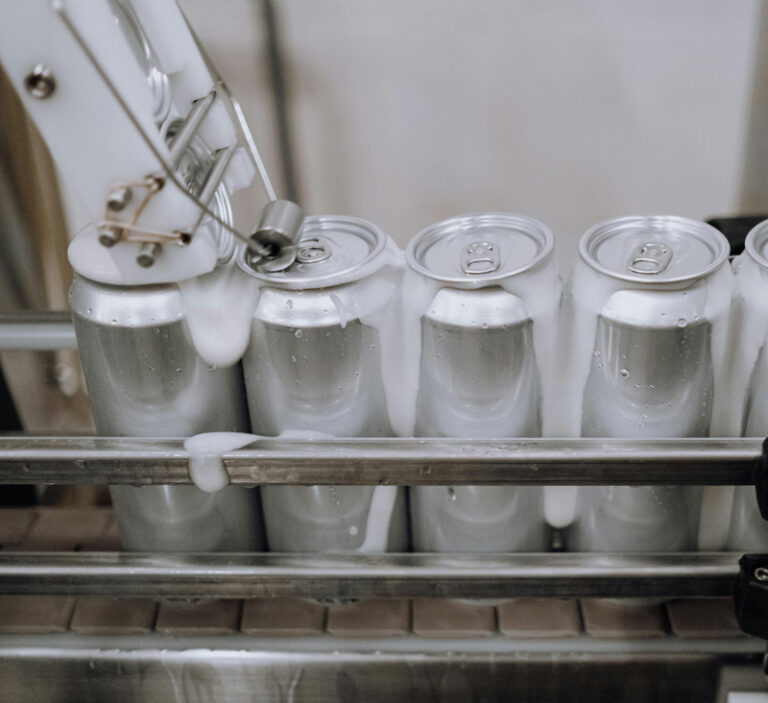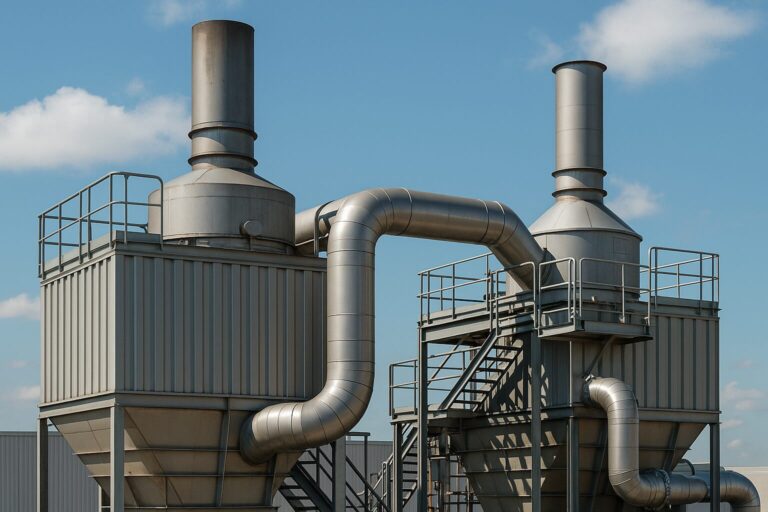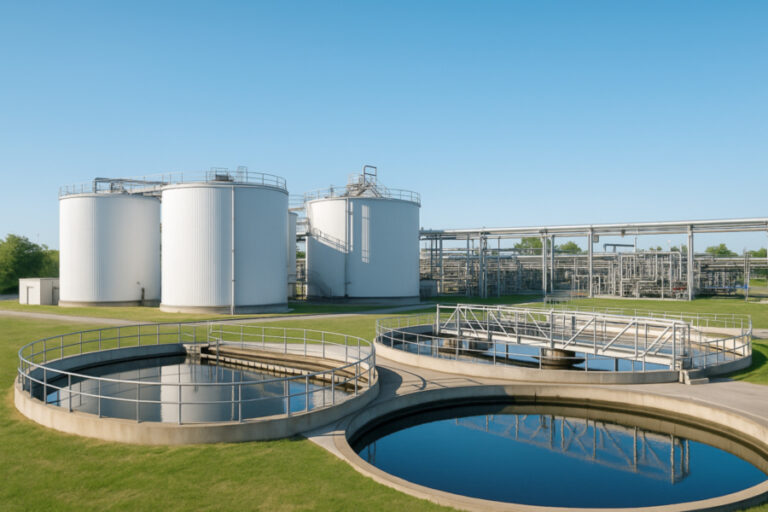Industrial brine treatment is becoming a priority for managing high salinity wastewater across many industrial sectors. Whether from chemical production, pharmaceuticals, or food processing, brine waste must now be handled with advanced strategies that prioritize resource recovery, cost-efficiency, and regulatory compliance.
This article explores key approaches to brine treatment, including membrane filtration, vacuum evaporation systems, and crystallization techniques that support wastewater zero liquid discharge (ZLD) goals. Intelligent brine management is no longer optional—it is a strategic imperative for environmental and economic performance.
A Strategic Imperative in Industrial Wastewater Treatment
Managing concentrated brine streams is one of the most complex and vital aspects of industrial brine treatment. As environmental standards tighten and water scarcity grows, companies must adopt sustainable, cost-effective, and technically sound solutions for high salinity wastewater. Brine management today is about more than disposal—it’s about resource recovery, process efficiency, and environmental leadership.
Brine Composition Requires Customized Treatment Strategies
Every brine stream presents a unique mix of salts, organic matter, trace metals, and potential scaling agents. Treating it effectively starts with a detailed characterization of salinity, pH, fouling potential, and contaminants. With this knowledge, the optimal industrial brine treatment path can be engineered to balance performance and cost.
Using Ultrafiltration and Reverse Osmosis for Brine Reduction
Membrane filtration brine systems are highly effective when brine primarily contains salts and few other pollutants. Reverse osmosis can generate clean, reusable water while concentrating the brine reject stream. This reduces overall discharge volume and sets the stage for further treatment or reuse.
Thermal Concentration to Separate and Recover Water
For brines with more complex chemical profiles—such as solvents or organic contaminants—a vacuum evaporation system provides a powerful solution. Operating under reduced pressure, it lowers boiling points, cuts energy use, and produces high-purity water and manageable concentrates.
Crystallization as a Final Step in Brine Solidification
To fully eliminate liquid waste, industrial crystallizers convert brine into solid salts. This supports wastewater zero liquid discharge (ZLD) targets and may even allow for the recovery of valuable materials. When integrated with evaporation or used alone, crystallization enhances sustainability and simplifies compliance.
Combining Technologies for Maximum Efficiency
Most effective brine management systems are hybrid configurations. By integrating membrane filtration, vacuum evaporation, and crystallization, facilities can:
- Reduce wastewater volume
- Recover reusable water
- Lower disposal and transport costs
- Meet strict environmental discharge limits
Custom Solutions for Brine Management and Compliance
If you’re facing challenges with high salinity wastewater or looking to improve your treatment plant’s efficiency, we can help. Our team will design a fully customized solution based on your facility’s effluent profile, sector-specific needs, and regulatory framework.
👉 Explore our Key Services in wastewater treatment and zero liquid discharge
👉 European Commission on Industrial Wastewater Regulations
📩 Contact us today to learn how intelligent brine management can unlock both environmental and economic value for your operation.










